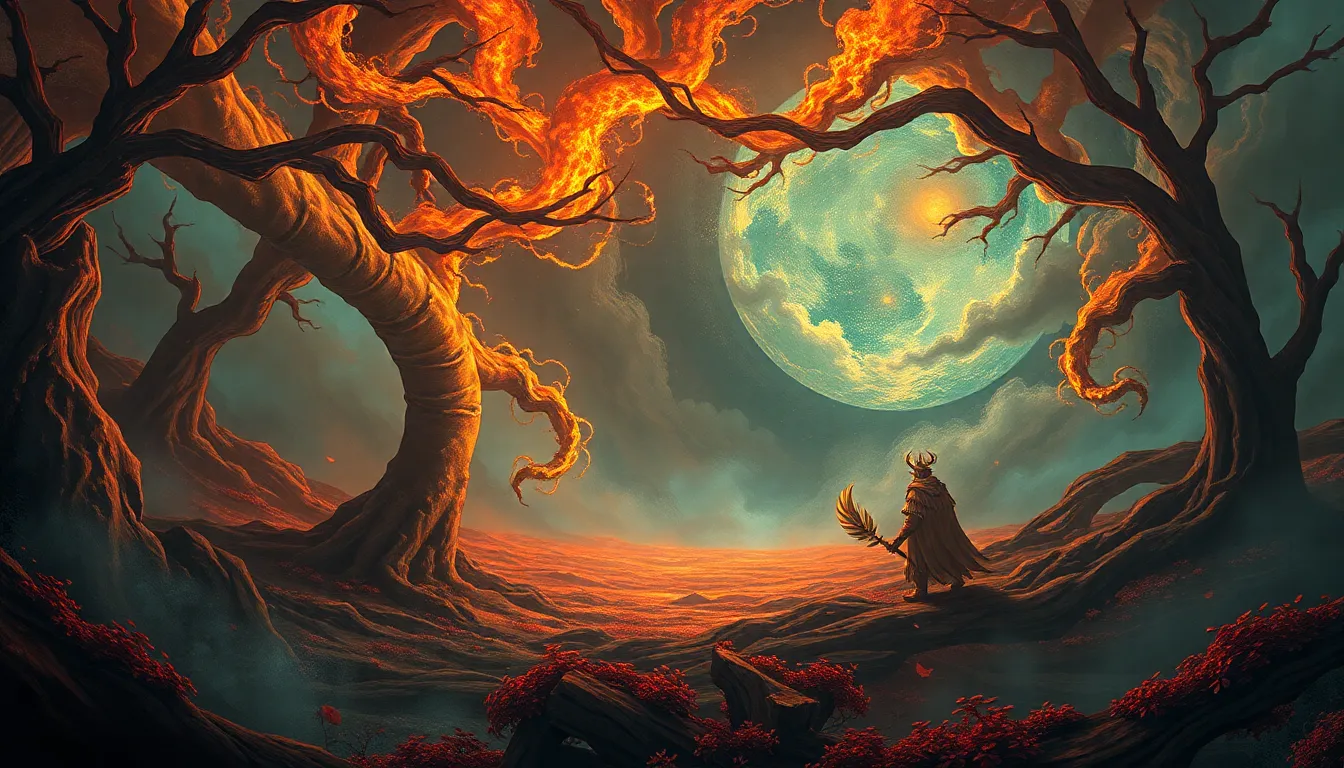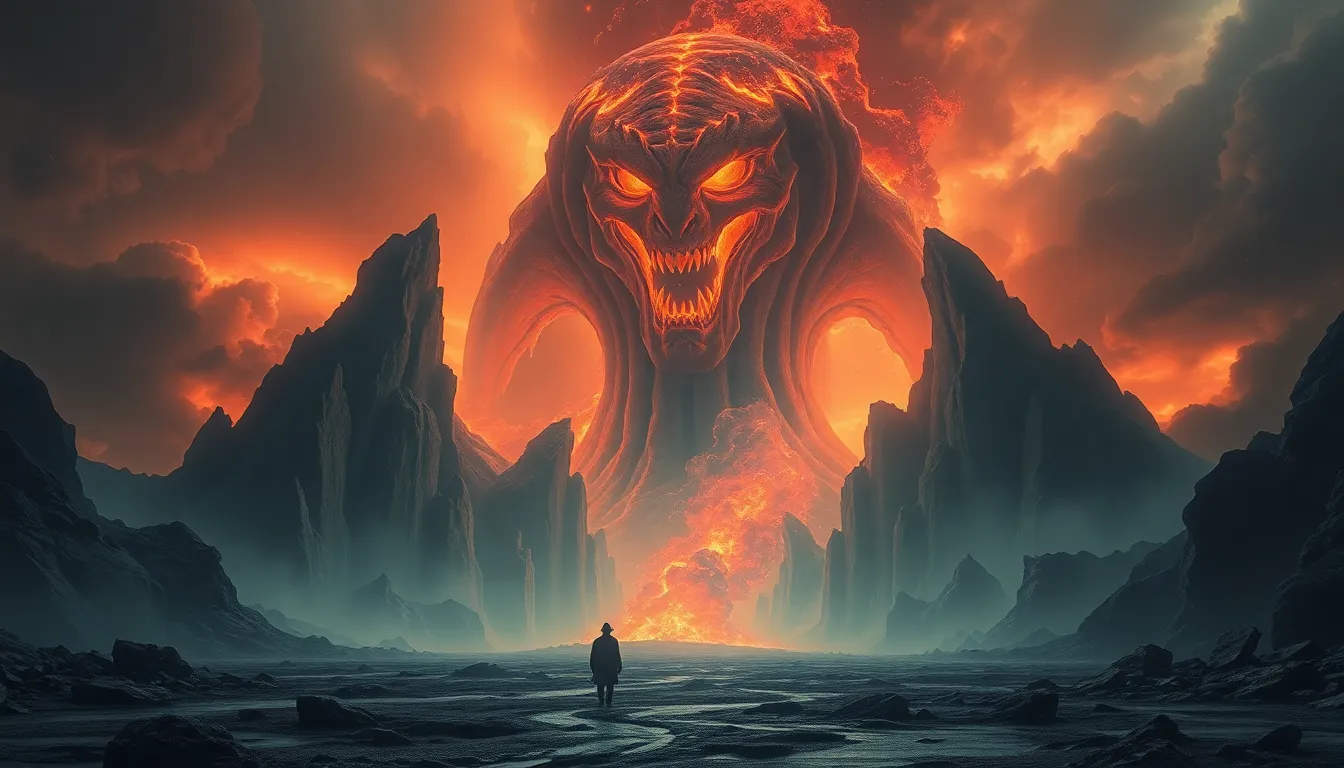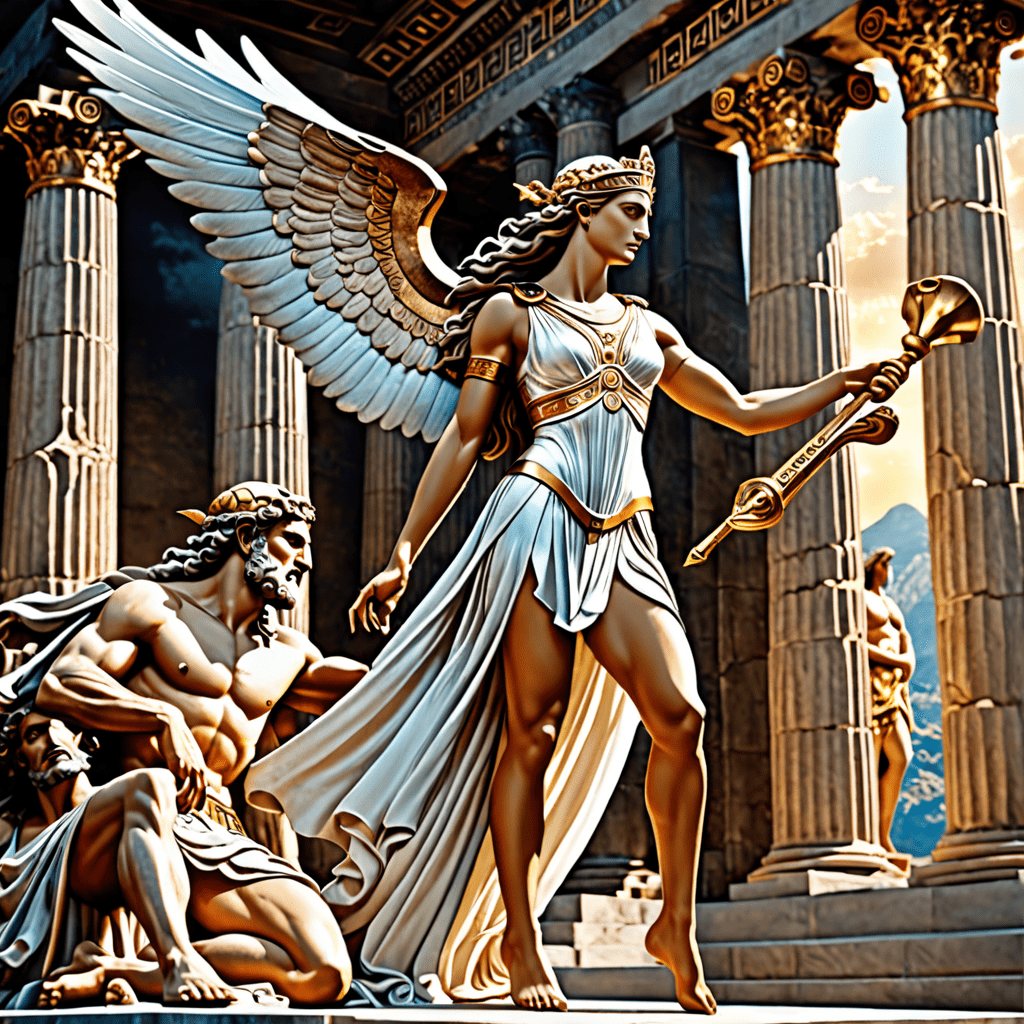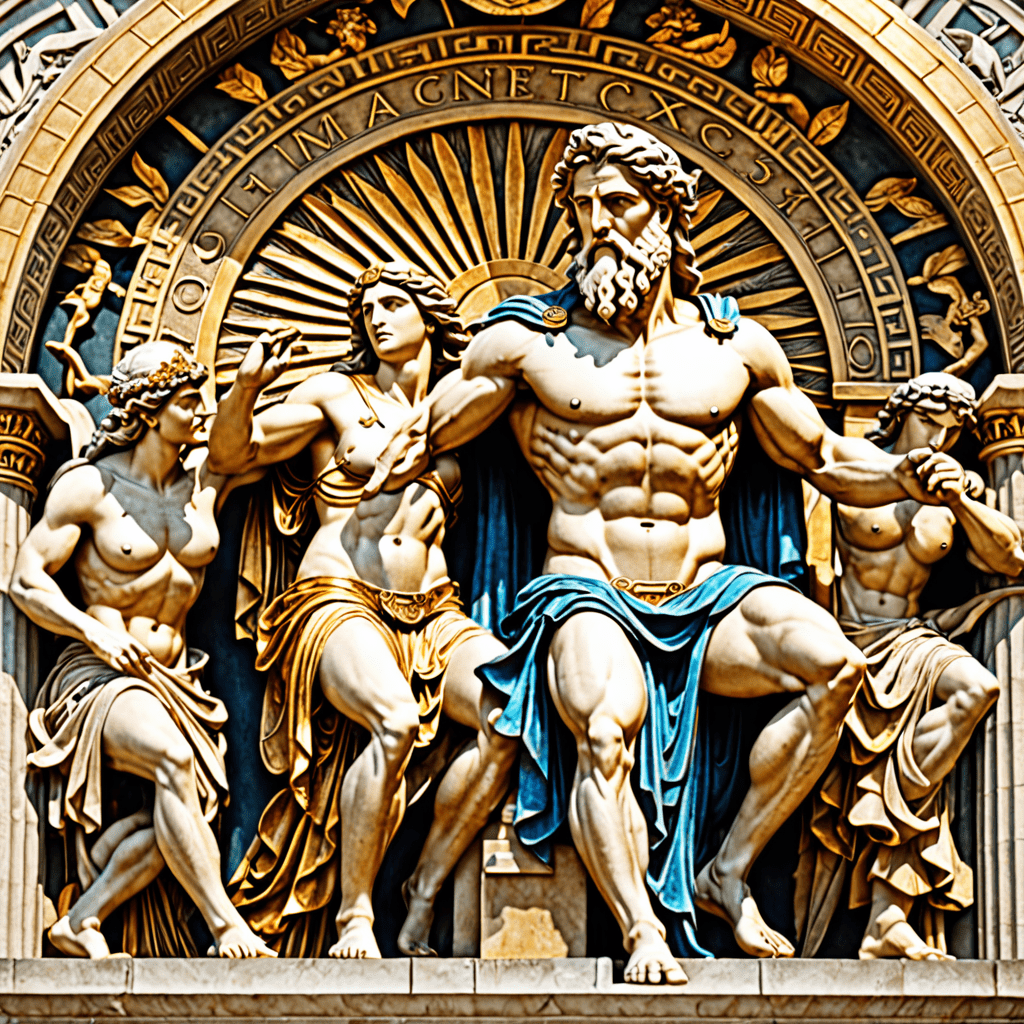Moral Myths and the Nature of Legacy: Lessons from Legends
I. Introduction
Moral myths are narratives that convey ethical lessons, often embodied by legendary figures. These stories resonate through cultures, shaping the moral framework of societies. They serve not only as entertainment but as foundational narratives that guide behavior and ethical considerations.
The concept of legacy in cultural narratives reflects the values and beliefs passed down through generations. Understanding these legacies can provide insights into our societal structures and moral compasses.
The purpose of this article is to explore the lessons embedded within legendary figures and their moral myths, highlighting how these stories continue to influence our lives today.
II. The Concept of Moral Myths
Moral myths are narratives that encapsulate societal values, often featuring heroes or central figures who exemplify specific virtues. These myths often possess certain characteristics:
- They are universally relatable, addressing fundamental human experiences.
- They often involve a moral dilemma or conflict.
- They inspire individuals to aspire to higher ethical standards.
Historically, moral myths have been prevalent across cultures, from the Greek myths of Hercules to the parables of Eastern traditions. They play a significant role in shaping societal values, providing templates for behavior and guiding moral development.
III. Legendary Figures and Their Legacies
A “legend” is a narrative that is grounded in a historical context but often incorporates fantastical elements, distinguishing it from pure myth and history. Legendary figures often become symbols of certain virtues and ideals.
Examples of legendary figures include:
- King Arthur: The epitome of chivalry and noble leadership.
- Robin Hood: A champion of the oppressed and a symbol of justice.
- Joan of Arc: A figure of courage and sacrifice in the face of adversity.
These figures significantly impact cultural identity and contribute to the moral frameworks within societies, becoming archetypes for future generations to emulate.
IV. Key Moral Lessons from Legends
Each legendary figure offers unique moral lessons that resonate through time:
A. Courage and Sacrifice: Lessons from Joan of Arc
Joan of Arc exemplifies the virtues of courage and sacrifice. Her unwavering commitment to her beliefs and her willingness to fight for her country highlight the profound impact of individual courage in shaping history.
B. Justice and Fairness: The Robin Hood Archetype
Robin Hood embodies the quest for justice and fairness. His story challenges social inequality and promotes the idea that one can stand against oppression, making him a timeless symbol of resistance against injustice.
C. Wisdom and Leadership: Insights from King Solomon
King Solomon is often associated with wisdom and fair leadership. His legendary decisions, such as the famous judgment regarding two mothers claiming the same child, illustrate the importance of discernment and justice in leadership roles.
V. The Role of Storytelling in Preserving Legacies
Narratives serve as powerful tools for moral education. They help individuals understand complex ethical dilemmas and the consequences of actions through relatable characters and plots.
Storytelling shapes public perception of legends, allowing societies to interpret and reinterpret these figures in various contexts. Through oral traditions and literature, moral myths evolve, reflecting the changing values and beliefs of the times.
VI. Psychological Perspectives on Moral Myths
Moral myths significantly influence individual behavior and ethics. They serve as psychological archetypes that resonate within the collective unconscious, guiding personal identity formation.
Archetypes, as identified by Carl Jung, connect legendary figures to universal human experiences, allowing individuals to find meaning in their own lives through these narratives. Moral heroes inspire individuals to aspire to higher values, framing their personal and social identities.
VII. Contemporary Relevance of Moral Myths
Modern legends continue to influence social movements and cultural narratives. Figures like Malala Yousafzai and Nelson Mandela embody the moral lessons of courage, justice, and resilience, inspiring contemporary audiences.
The persistence of moral myths in popular culture is evident in films, literature, and other media, where timeless stories are retold and adapted for new generations. These narratives encourage individuals to reflect on their moral values and societal roles.
VIII. Critiques of Moral Myths and Their Legacies
While moral myths offer valuable lessons, there are critiques regarding their oversimplification of complex moral issues. They can sometimes present binary notions of good and evil, neglecting the nuances of human behavior.
Additionally, mainstream legends often exclude diverse narratives, leading to a narrow understanding of morality that fails to represent the multitude of human experiences. Ethical dilemmas posed by legendary figures’ actions can also complicate the lessons we derive from them.
IX. Conclusion: Reassessing Our Understanding of Legacy
Critically engaging with moral myths is essential for a deeper understanding of their impact on society. By reassessing these narratives, we can appreciate the complexity of moral lessons and their implications for contemporary life.
Encouraging a broader perspective on legacy allows us to recognize the diverse narratives that contribute to our moral frameworks. Legends remain relevant, continually shaping our values and understanding of the world.
X. Call to Action
Readers are encouraged to explore their own moral myths and reflect on the legends that resonate with them. Consider how these stories influence your values and actions, and engage with the complexities that come with interpreting moral narratives.



